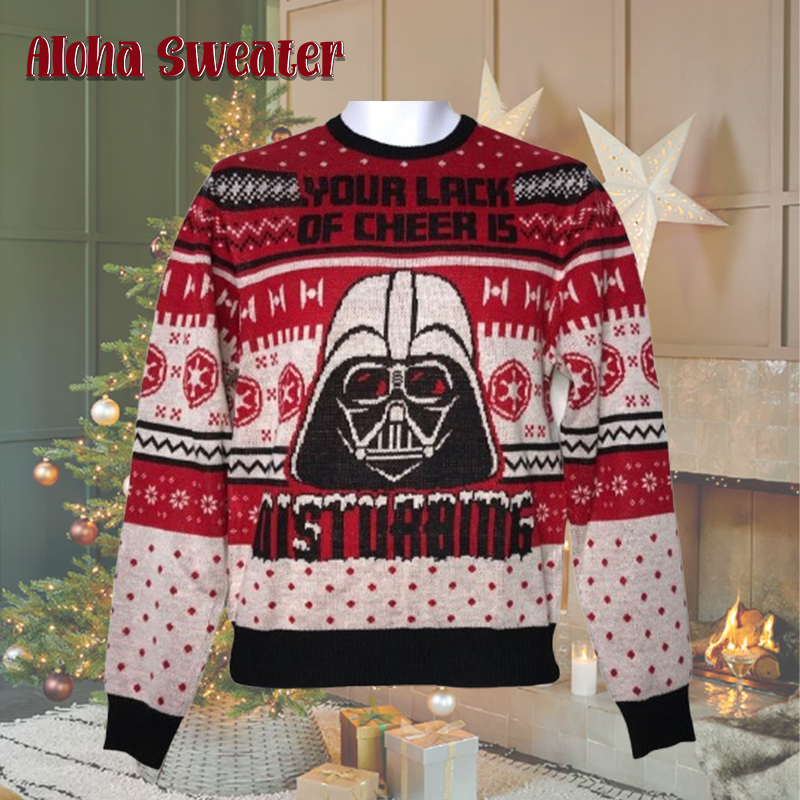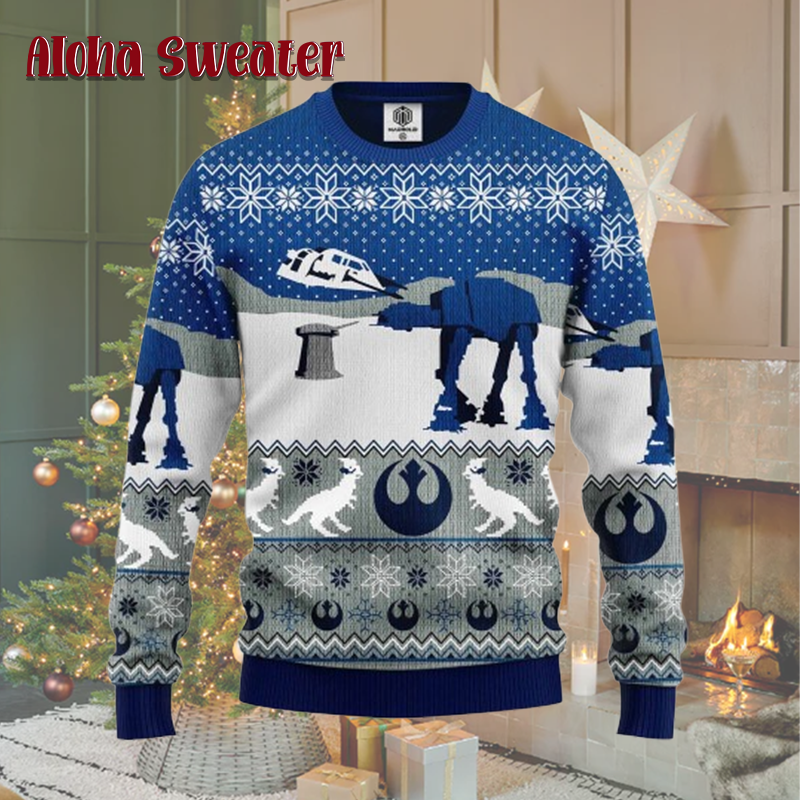Blog
The Real Origin and Meaning of the Ugly Christmas Sweater
Ugly Christmas sweaters have become a holiday staple. You see them everywhere—at office parties, family dinners, and even in fashion stores. They’re loud, bold, and often covered in glitter, reindeer, or Santa Claus faces. But how did this strange clothing trend begin? And why do people wear them with such pride today?
This post will look at the real story behind ugly Christmas sweaters: where they came from, how they became popular, and what they mean in modern culture.

1. Early Roots: Not Always Ugly
To understand the ugly Christmas sweater, we need to go back a few decades.
In the 1950s, Christmas sweaters first appeared in stores. Back then, they weren’t called “ugly.” They were just cozy wool sweaters with simple festive patterns—snowflakes, pine trees, or reindeer. These sweaters were meant to bring a warm, family-friendly vibe to the winter season. People wore them to show their holiday spirit, not to make a joke.
They gained some popularity, but it was mostly among older adults or TV hosts. It was common to see someone on a Christmas special wearing a soft knit with jingle bells or snowmen. These sweaters weren’t meant to be funny. They were sincere, even charming.
So, where did the “ugly” part come in?
2. The 1980s: TV, Pop Culture, and Irony
The turning point came in the 1980s.
Television played a big role. Sitcom characters like Cliff Huxtable (from The Cosby Show) often wore bright, bold sweaters—not just for Christmas. Around the holidays, the sweaters got even louder. They had flashing lights, puffy textures, and wild patterns.
Holiday specials and movies also helped shape the image. Think of Mark Darcy’s reindeer jumper in Bridget Jones’s Diary (2001). Though that movie came later, it showed how ugly sweaters had already become a cultural joke.
By the end of the 1980s, festive sweaters were everywhere. But now, they were more extreme. More glitter. More red and green. More plastic pieces sewn into the fabric. Somewhere along the way, they went from cheerful to too much.
This shift opened the door to irony.

3. The Rise of the “Ugly” Label
The term “ugly Christmas sweater” started as a joke. It became a way to poke fun at something that was once sincere.
In the 2000s, this joke turned into a trend. People began to wear ugly sweaters not because they liked them, but because they didn’t. It was funny. It was bold. And soon, it became cool.
The first recorded ugly sweater party took place in Vancouver, Canada, in 2002. Two friends threw a party where guests had to wear the worst holiday sweater they could find. It was meant to be ironic, playful, and over-the-top.
The idea caught on.
Soon, offices, schools, and bars were hosting their own ugly sweater parties. Retailers noticed the trend and started making sweaters that were ugly on purpose. They leaned into the joke—adding 3D decorations, LED lights, and awkward puns.
What began as a homemade gag turned into a commercial industry.
4. Why We Wear Them Today
At first glance, ugly Christmas sweaters seem silly. But they carry more meaning than they get credit for.
a) A Form of Shared Humor
Wearing an ugly sweater is like being in on a joke. It says, “I know this looks ridiculous—but that’s the point.” It brings people together through laughter and light-hearted fun.
b) Low-Stakes Self-Expression
Unlike formal fashion, ugly sweaters let people play with their image. You can be loud, goofy, or absurd—without judgment. For one day, or one party, you’re free to look ridiculous on purpose.
c) Nostalgia in Fabric Form
Many of the sweater designs borrow from childhood. Snowmen, elves, candy canes—these are memories stitched into yarn. Wearing them can bring back warm feelings of old Christmas mornings.
d) Poking Fun at Consumerism
Some people see the ugly sweater as a way to laugh at how commercial Christmas has become. Instead of trying to look perfect for the holidays, they do the opposite—on purpose. It’s a quiet protest in knitwear.
5. Ugly Sweaters in Pop Culture and Business
What started as a joke has now become serious business.
Retailers have built entire product lines around ugly sweaters. Big brands and celebrities have released their own designs. Major sports teams, streaming shows, and video games have turned their characters into sweater icons.
For example:
- Star Wars has ugly sweaters featuring Yoda in a Santa hat.
- Netflix shows like Stranger Things and The Office have inspired themed sweaters.
- Even political figures have been turned into sweater memes.
There are also contests for “ugliest sweater” and organized charity events around the theme. In some places, people wear them to raise money for food banks or shelters. The sweater becomes a symbol—not just of fun, but of giving.
6. The Meaning Behind the Joke
So, what’s the real meaning of the ugly Christmas sweater?
At its core, it’s about not taking things too seriously. The holidays are often full of pressure—perfect dinners, clean houses, expensive gifts. The ugly sweater pushes back against that. It invites people to relax, laugh, and show up just as they are.
It also gives people a low-risk way to connect. In a season that can feel lonely or stressful for some, putting on a goofy sweater can spark conversation, bring smiles, and create community.
In a world that often values image and control, ugly sweaters remind us that it’s okay to be silly. It’s okay to look odd. And it’s okay to enjoy something that makes no sense—just because it brings joy.
7. Where It’s Going Next
Ugly sweaters are still evolving.
Some now feature smart tech—lights that blink in patterns, or music that plays when you press a button. Others are handmade and sold on platforms like Etsy, giving them a more personal feel.
There are minimalist versions for people who want a quiet nod to the tradition. And there are high-fashion versions, priced at hundreds of dollars, for people who want irony with style.
But even with all this change, the heart of the trend stays the same. It’s about joy, humor, and connection. Whether you wear one to laugh, to fit in, or just to stay warm, the message is simple: it’s okay to be a little ridiculous sometimes.
Especially at Christmas.
Final Thoughts
The ugly Christmas sweater began as a sincere expression of holiday cheer. It went through a phase of mockery, irony, and humor—and now sits somewhere in between.
It tells a story of how culture changes, how we play with tradition, and how even the strangest fashion trend can bring people together. In a way, it’s the perfect symbol of modern holidays: a little messy, kind of weird, but filled with heart.
So next time you pull on that blinking, glittery, oversized sweater, remember: you’re part of a tradition that’s bigger than it looks. And yes—it’s meant to be ugly.
